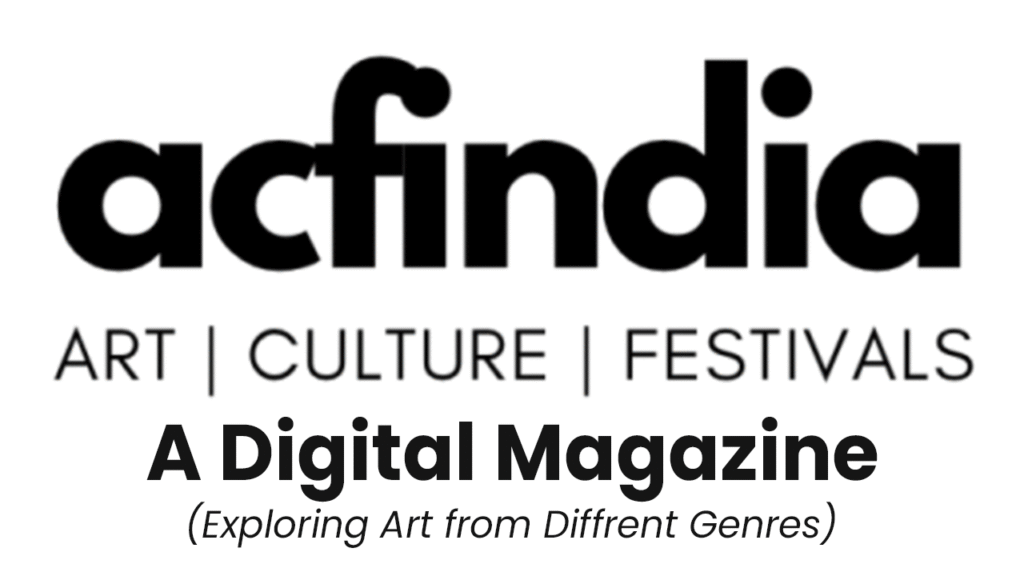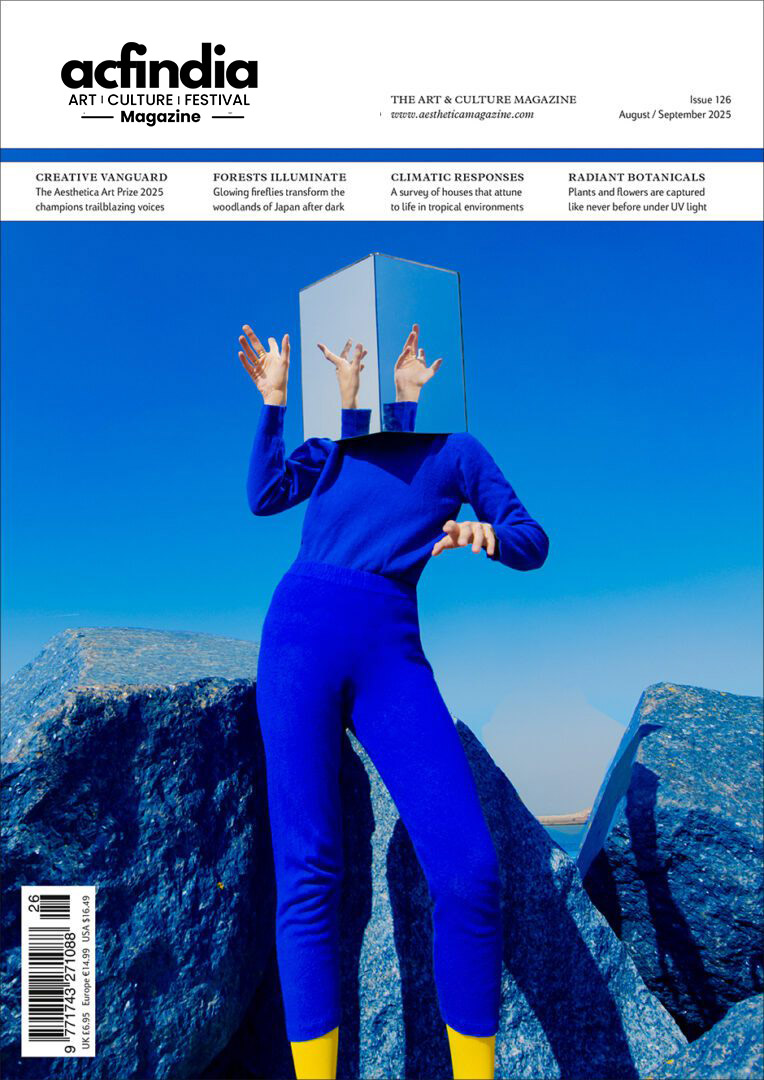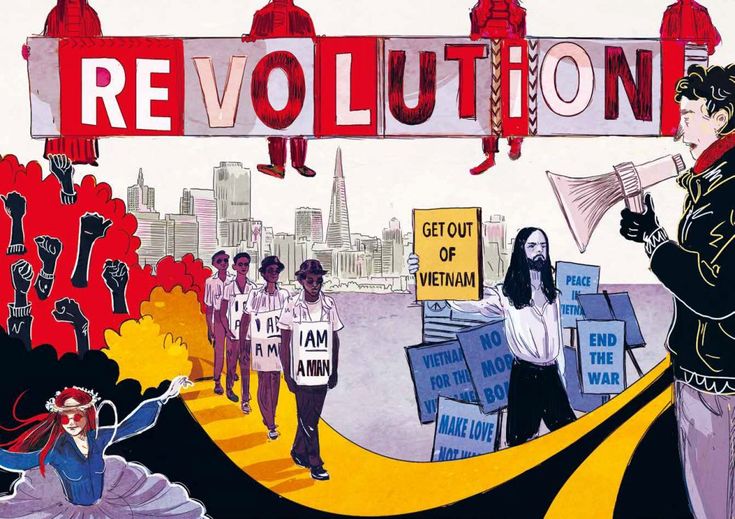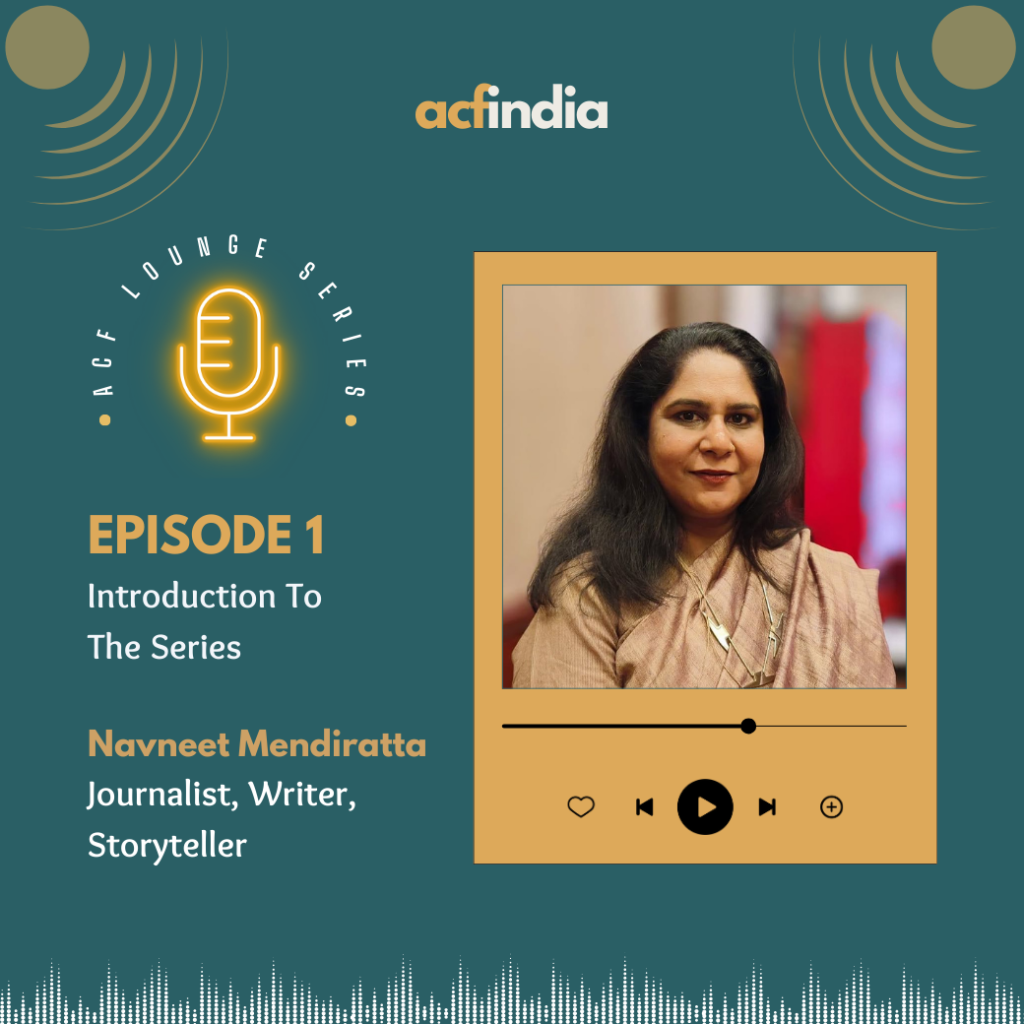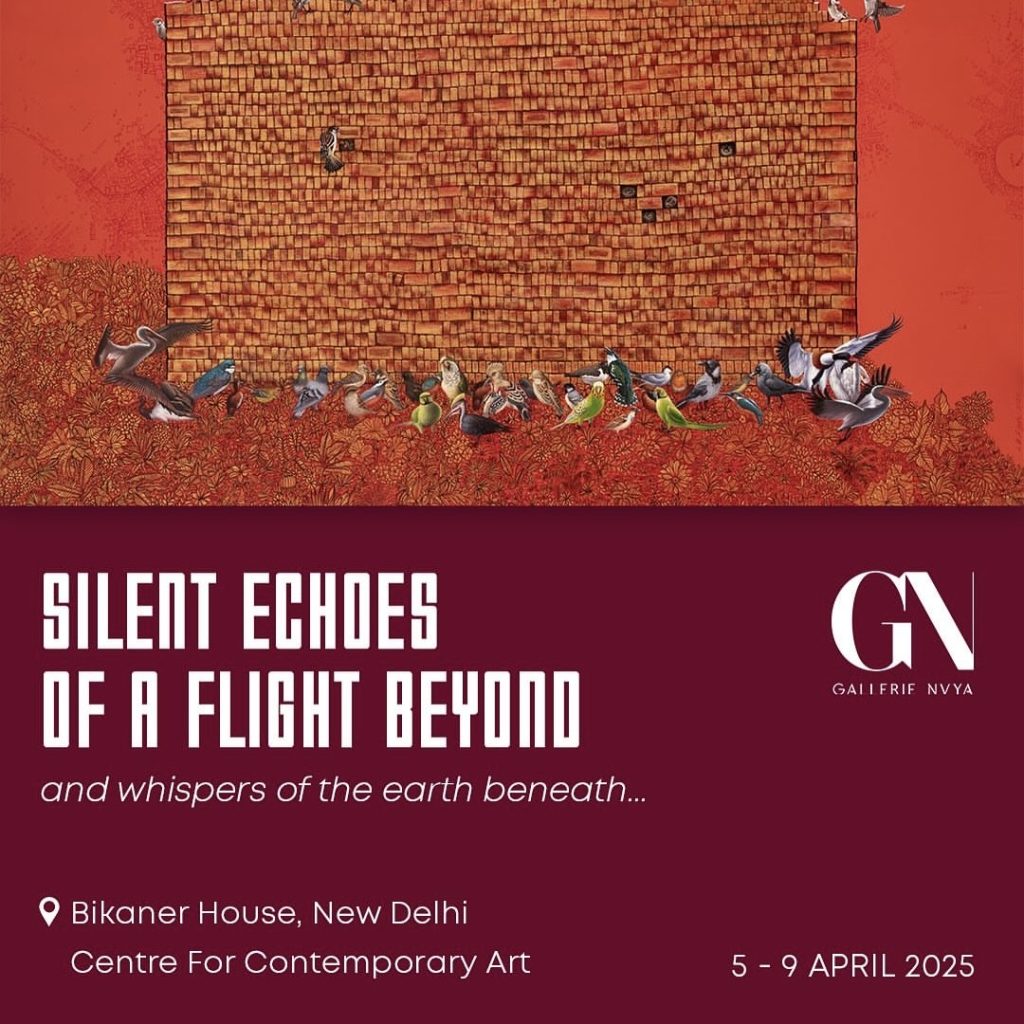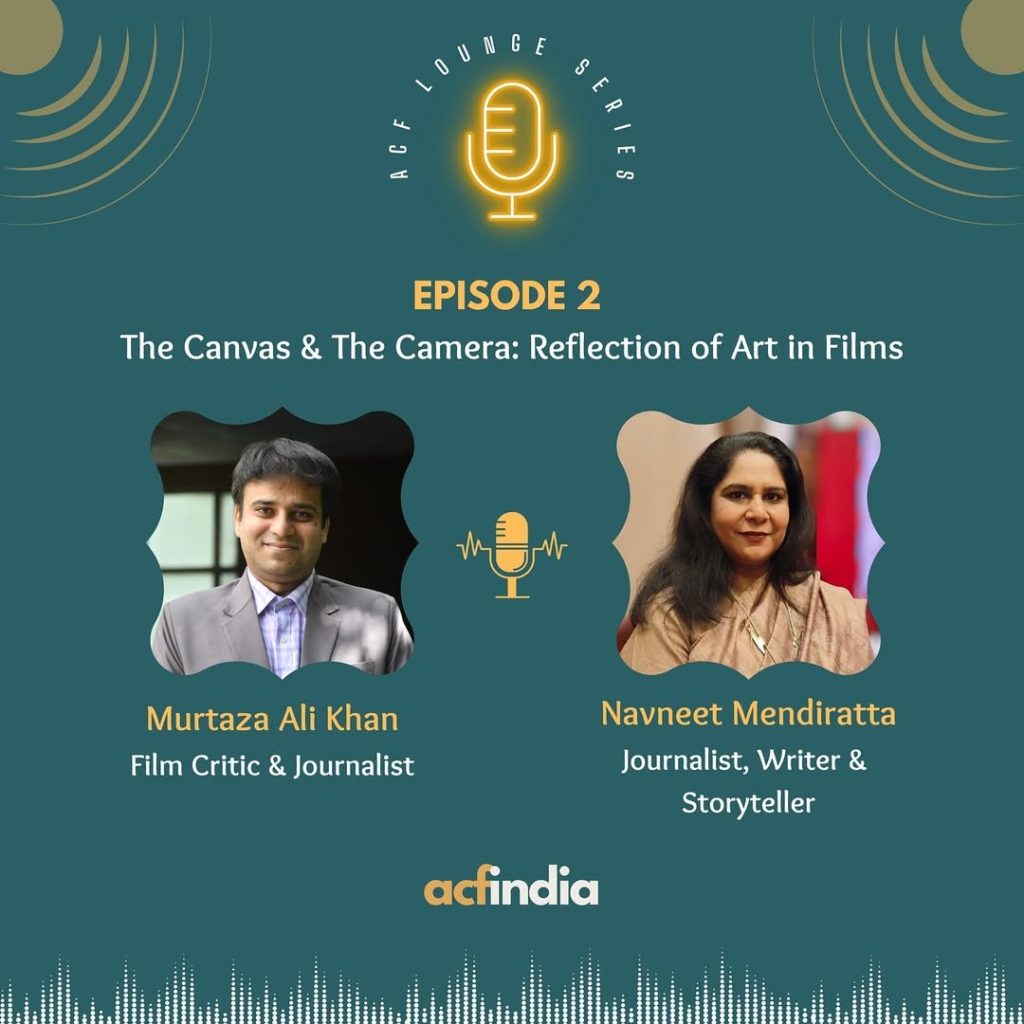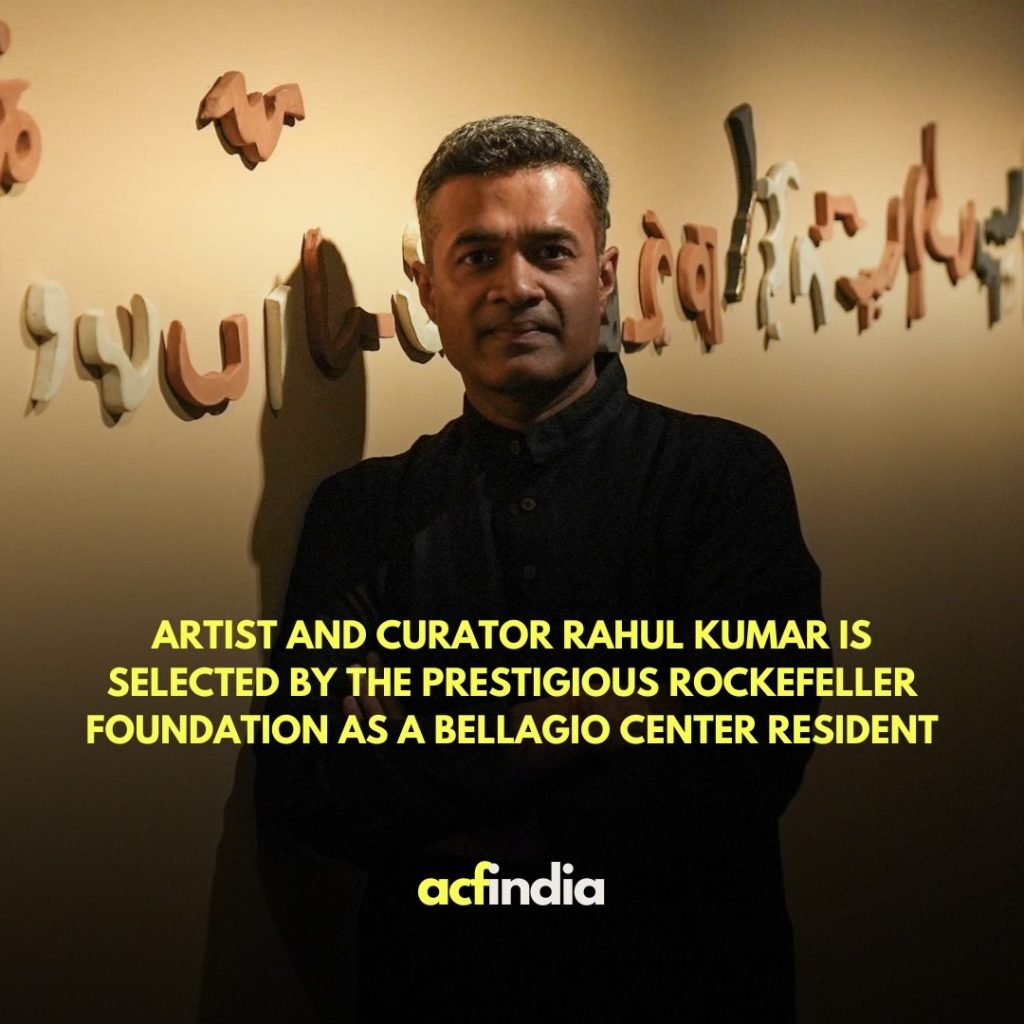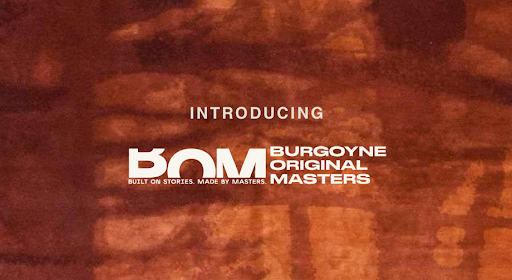By Bhavya Balamurali
Some books are meant to be read, while some offer the option to experience them through art. These are some of the Graphic Novels whose every page is a carefully constructed visual experience.
The World of Edena (2016)
Image Credit: The World of Edena via Pinterest
Jean ‘Mobius’ Giraud is a legend in the world of comic and sci-fi illustrations, renowned for the way his artwork shapes the story’s soul.
‘The World of Edena’ is one of the most visually stunning graphic novels, which is nothing short of hypnotic. Mobius uses crisp, strange and endlessly imaginative art, with perspectives and forms bending to reflect the surreal landscape, bizarre characters and the quiet, vast alien world. Mobius’ artwork shifts with the mood, philosophy and reality, with his meticulous attention to detail, making it a world you get lost in. This novel’s deepest voice lies in its artwork, and Mobius has a way of making the impossible look possible.
Shuna’s Journey (1983)
Image Credit: Shuna’s Journey via Pinterest
‘Shuna’s Journey’ is Hayao Miyazaki‘s only graphic novel.
The beautiful watercolour illustration carries the same warmth as his famous movies. With soft, dreamlike landscapes and earthy greens, dusty reds and misty blues covering each page, the story follows Prince Shuan, who sets out from his starving kingdom to find the golden grain that might save his people. This graphic novel feels like a half-remembered myth unfurling like a poem, and with Miyazaki removing the traditional manga panels, the images get room to breathe, letting the readers also wander through the world of Shuna. This novel is a glimpse into the earliest sketches of Miyazaki’s boundless imagination.
Asterios Polyp (2009)
Image Credit: Asterios Polyp via Pinterest
‘Asterios Polyp’ is one of those graphic novels that quietly gets under your skin.
With David Mazzucchelli‘s absolute control over the visual language of comics, every page feels like it’s been obsessively designed to reflect the characters’ inner world. On the surface, it follows an architect whose carefully ordered life collapses, but what makes the book extraordinary is how the mood, conflict and memory are orchestrated through colour palettes, shifting line styles and frame composition. Even the font speaks, and frames bleed into one another depending on the character’s state of mind. The visual dialect of Asterios Polyp is so precise and emotional that you’ll find yourself re-reading pages just to savor how the art reveals what words can’t.
Kingdom Come (1996)
Image Credit: Kingdom Come via pinterest
The apocalyptic DC epic ‘Kingdom Come’ has aged gracefully because of the sheer weight Alex Ross‘s artwork brings into the story.
Known for his painted, hyper-detailed style, the jaw dropping artwork by Ross makes the novel feel like a love letter to classic superhero mythology. Loaded with symbolism, every expression, every streak of light, every shattered skyline feels meticulously crafted to reflect the moral collapse and tension the storyline follows. Every panel feels monumental with every illustration successfully capturing the grandeur and vulnerability of iconic heroes. Ross’s artwork in Kingdom Come gave this future DC universe a kind of visual history that is impossible to recreate.
Square Eyes (2018)
Image Credit: Square Eyes by Ana Mill via Pinterest
Set in the future where augmented reality bleeds into physical space, ‘Square Eyes’ follows Fin Ueda-Soto.
You can feel the architectural eye of Anna Mill, which reads like a dream you’re not entirely sure you woke up from. With memory, perception and digital overlay constantly shifting, every element holds importance in the novel, whether it’s the background or the soaring city structure. Mill and Luke Jones spent eight years crafting the artwork with obsessive details, and clear visual metaphor, which makes you feel as disoriented as the protagonist, with the delicate pencil textures and the sharp digital intervention. Square Eyes is an eerie, immersive visual storytelling designed by someone trained to think about space, structure, and how the environment affects humans.
House of Leaves (2000)
Image Credit: House by Leaves via Pinterest
Turning typography into architecture, Danielewski‘s ‘House of Leaves’ is one of the most artistically audacious novels ever.
The book is a literal maze of text where words spill sideways, spirals in a loop, crawls down pages and paragraphs breaks and stretches across white space like half-remembered thoughts. The form mirrors the function, as characters descend into the maze-like depths of the house. The narrative collapses with the margin mimicking the disintegration of the mind. The layout isn’t a design choice, its part concrete poetry that will let you physically navigate it, trapping you and slowing you down. House of leaves is a reminder that a book can be art, not necessarily for the art or words it contains but for the way those words live, move and disintegrate on the page.
The Women Who Changed Art Forever (2021)
Image Credit: The Women who changed Art Forever via Pinterest
If feminist art history had a comic makeover, Valentina Grande’s ‘The Women who Changed Art Forever’ would be it.
Chronicling the lives and legacies of four feminist art icons, Judy Chicago, Faith Ringgold, Ana Mendieta and the Guerilla Girls, illustrator Eva Rosetti turns these legendary artists into larger than life heroines, with pages bursting in fierce colours, fizzy hair and protest posters. Seamlessly blending fact and imagination, the art crackles with rebellion, from Judy Chicago’s bold walk down memory lane to Guerilla Girls donning Gorilla masks and taking over museum walls. Every panel of this book is a conversation of riots, between lines and colours, echoing the raw urgency of feminist resistance.
In these books, the art shapes the mood, pace, and meaning of the story, often revealing what words leave unsaid. This is a look at graphic novels where the artwork isn’t just part of the story, it is the story.
